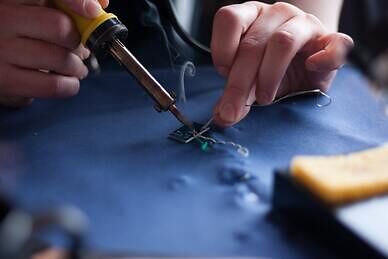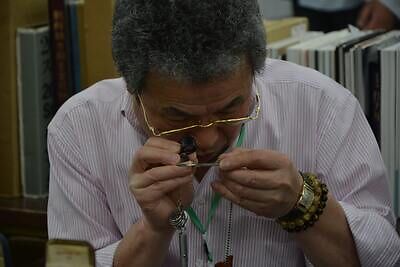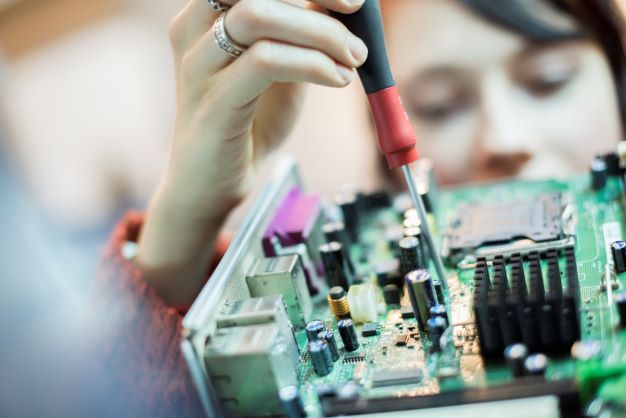Reverse engineering can leverage your product sourcing, here’s how!
Reverse engineering is a powerful tool for discovering hidden design details in various products and systems.

How Reverse Engineering Can Leverage Your Product Sourcing
If you can understand this technique, it could significantly save you money in your procurement of goods.
I’m talking about reverse engineering, which refers to disassembling and analyzing the parts of a working product.
So,what is Reverse Engineering?
Reverse engineering entails taking something apart to figure out how it's put together. It's mainly done to learn about how something operates, but it's also frequently applied to making copies or improvements.

Reverse engineering is a powerful tool for discovering hidden design details in various products and systems, including mechanical gadgets, electronic components, software, and chemical formulations. The information from reverse engineering can be used in multiple ways, including reusing old parts, gaining a competitive edge, or even reducing costs.
In sourcing, layer-by-layer analysis (or reverse engineering) is dissecting a competitor's product in great detail to find ways to make it better and/or cheaper. The objective is to establish a ballpark figure for the product's price and then compare it to what it would cost you to produce on your own.
Innovative product development, in many respects, starts at the end and works its way backward. It is hard to create a solid product description and use case to direct the development process without first considering the end user and market. (That is, you can't possibly get where you're going if you don't know where you're going.)
Why should you do it?
Any reverse engineering effort aims to gain insight into the inner workings of the thing or system under investigation. As you may expect, there are many justifications for this action. Reverse engineering is a method of studying an object to build an exact copy of it or one with improved functionality.
Usually, when a product is reverse-engineered, the original is no longer accessible, and the developers want to discover a cheaper way to make something similar.
Keeping up with the ever-changing demands of a competitive market is an inevitable part of doing business for companies engaged in product creation, development, and manufacturing.

Generally speaking, one would employ reverse engineering to learn all the ins and outs of a product's production, design, and development procedures. Its applications are diverse, ranging from establishing the technical aspects of a product that was already made but will now be revisited and enhanced to establishing the details of an existing product.
When applied to product development, reverse engineering's primary objectives are to:
- Saving money during production
- Improving aspects like usability
- Enhancing Product Effectiveness
How does the reverse engineering process works?
1. Learn as much as you can
Gathering product details is the first stage in reverse engineering. This may involve tracking the device's original source files, measurements, or programming. As engineers must know as much as possible about the product before dismantling it, data collection is a crucial step in reverse engineering. The model can be developed more efficiently with the product's measurements.
2. Make a model

After gathering data, the reverse engineering team might start to draw a prototype based on that data. In most cases, this will be a three-dimensional model for accuracy, allowing the engineers to examine all aspects of the product. Computer-aided design (CAD) software helps engineers develop their models (CAD). The engineers can better comprehend the product's design goals with these sketches.
3. Take things apart
After the design has been developed and tested, engineers can take it apart. So that they can put everything back together in the same order they took it apart, engineers typically sort parts by the order in which they were removed. They may measure, scan, and analyze the product as they disassemble it to determine its purpose.
4. Test the product's quality

Once engineers have dismantled as much or as little of the product as they deem necessary, they can assess the components they have removed and the components they have not. If they find any problems or ways to improve the product, they may make notes about it. They could even scan the product's trace to aid the reconstruction process.
Any significant findings from the team's reverse engineering could likewise be documented.
5. Revise and Reassemble

The engineers may revise the model of the product if it is necessary for the goal of reverse engineering. Engineers' understanding of the product is tested during reconstruction, providing an opportunity to make adjustments as they go.
Conclusion
With this information, they might be able to rebuild the item from scratch or improve upon an existing design. To learn as much as possible about the product, disassembling it, and putting it back together is an integral part of the reverse engineering process.
It's important to remember that certain companies may utilize reverse engineering in unethical methods to make fake versions of popular products or technologies. This is not new and has been a practice even by multinational companies.
So if you’re the type of person that likes to tinker with stuff and re-invent it in a new way, consider a reverse engineering approach to product development, as it can help you map out the best, shortest, and most cost-effective path for delivering the product in question.
If you are interested in getting the most out of sourcing from different countries, my company, Imprint Genius, can help you navigate and get the best products with the best deals.Click here for more details.
Related articles

Book a call with Isaac and his team
Let’s connect and collaborate! Schedule a meeting with us to discuss your ideas, explore opportunities, and create impactful solutions together
%202-min.webp)

.jpeg)
